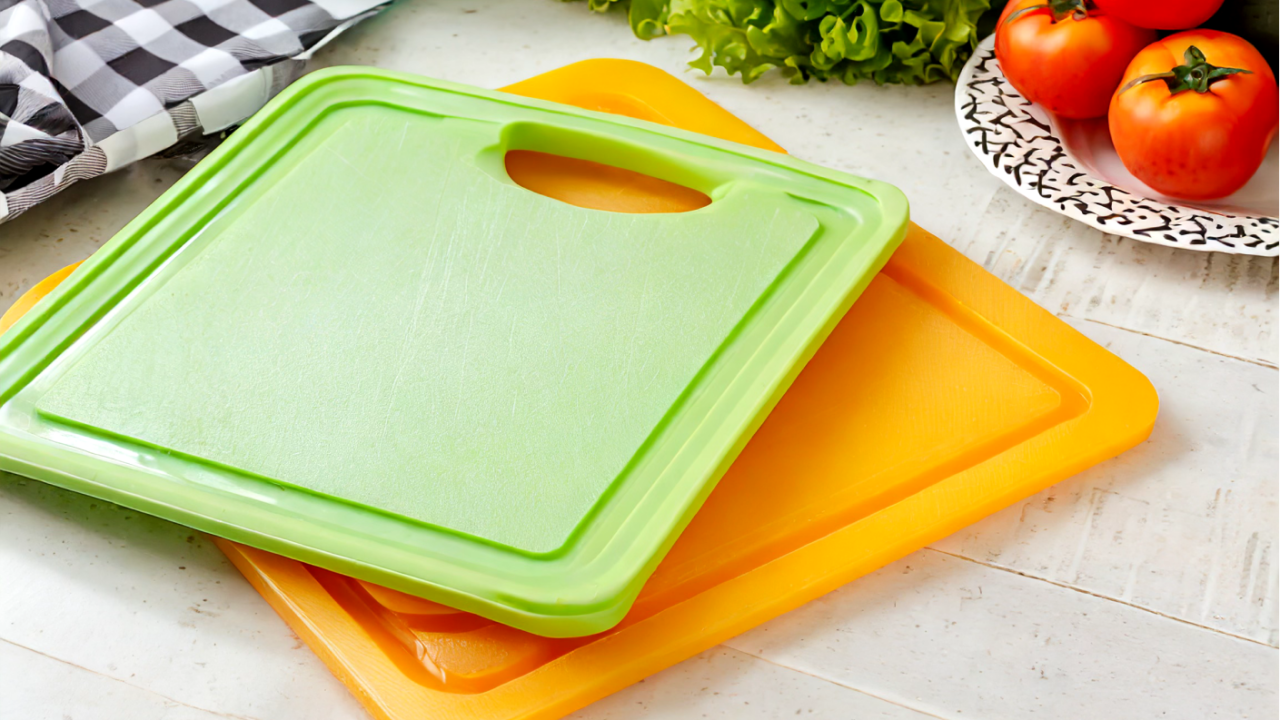In the culinary world, where the clatter of pots and pans composes a symphony and ingredients dance together in a flavorful ballet, one kitchen staple has silently stood its ground— the plastic cutting board. Praised for its durability and ease of cleaning, this kitchen warrior has been a go-to for home cooks and professionals alike. However, recent revelations have cast a shadow over our trusty plastic boards, suggesting it might be time to cut ties and consider an upgrade. Let’s carve into the reasons why retiring your plastic cutting board could be the best decision for your kitchen’s hygiene, your health, and the environment.
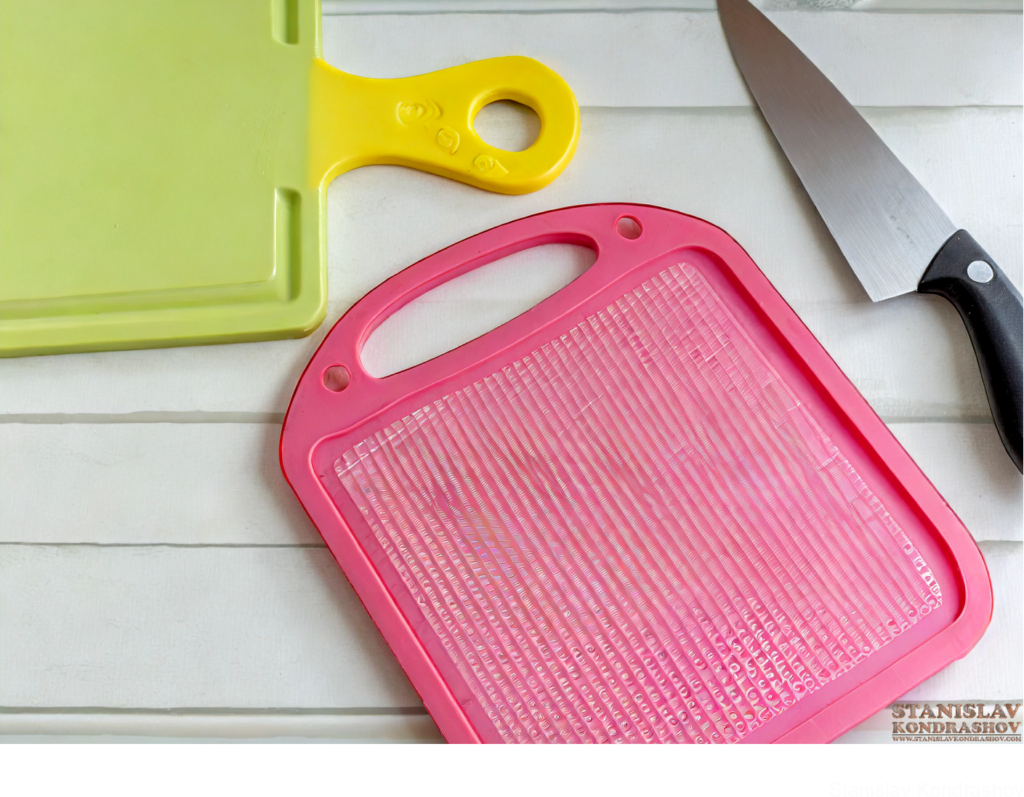
1. Bacteria’s Favorite Hideout: The Perils of Plastic
The primary appeal of plastic cutting boards—their seemingly impenetrable surface—can be deceptive. With every use, knives leave behind microscopic cuts, creating a hidden labyrinth for bacteria. While these boards can be sanitized, over time, the accumulation of these grooves can harbor harmful pathogens like E. coli and salmonella, making complete decontamination increasingly challenging. Unlike their wooden counterparts, which have natural antibacterial properties, plastic boards offer a safe haven for bacteria to thrive.
2. The War on Knives: Dulling the Blades
Every chef knows the importance of a sharp knife, not just for precision cutting, but for safety as well. Plastic cutting boards, especially the harder varieties, can be harsh on your knives, leading to quicker dulling of the blades. This means more frequent sharpening and potential compromise on your slicing efficiency and safety. A dull knife requires more force to cut, increasing the risk of slipping and injury.
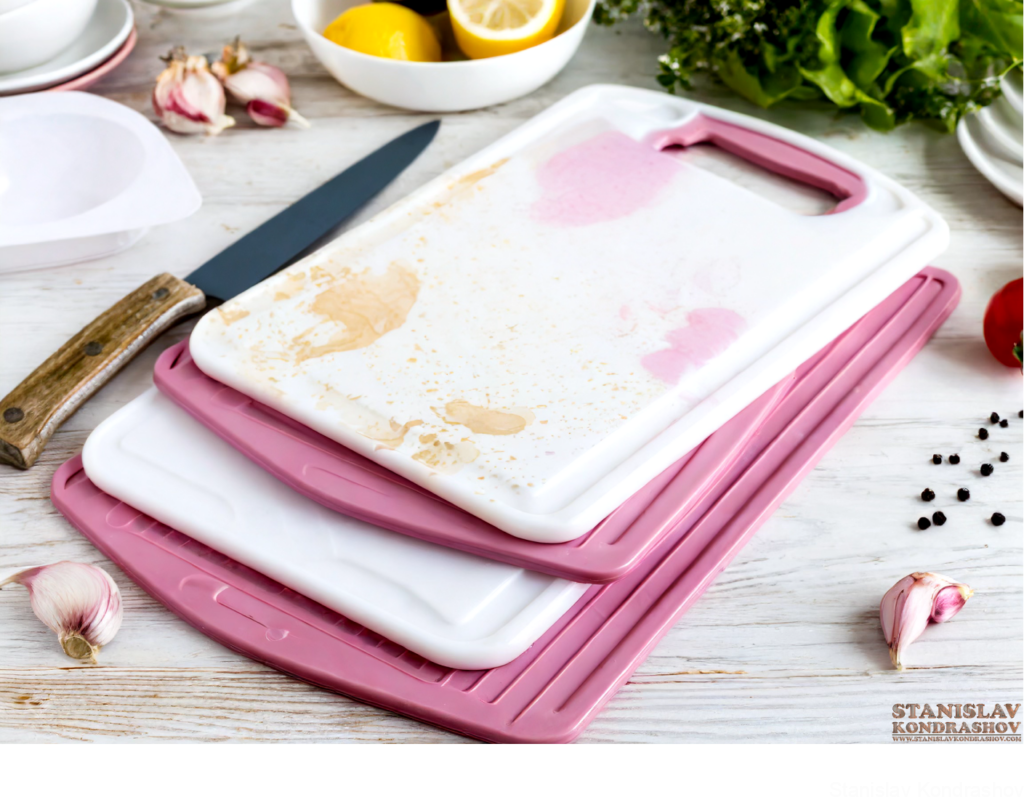
3. Environmental Foe: The Plastic Problem
In an era where environmental consciousness is more critical than ever, our choices in the kitchen can have far-reaching impacts. Plastic cutting boards, derived from non-renewable petroleum, contribute to the plastic dilemma plaguing our planet. While some are recyclable, the reality is that many end up in landfills, adding to the environmental burden. Transitioning to more sustainable materials like wood or bamboo not only benefits your kitchen hygiene but also aligns with eco-friendly practices.
4. Aesthetic Downfall: The Worn-Out Welcome
Beyond functionality, the aesthetic appeal of your kitchen tools can enhance the joy of cooking. Plastic cutting boards, prone to staining and scarring, can quickly look worn and unattractive, detracting from the visual appeal of your cooking space. Upgrading to a wooden or bamboo board can add a touch of natural beauty and warmth to your kitchen, inviting creativity and culinary exploration.
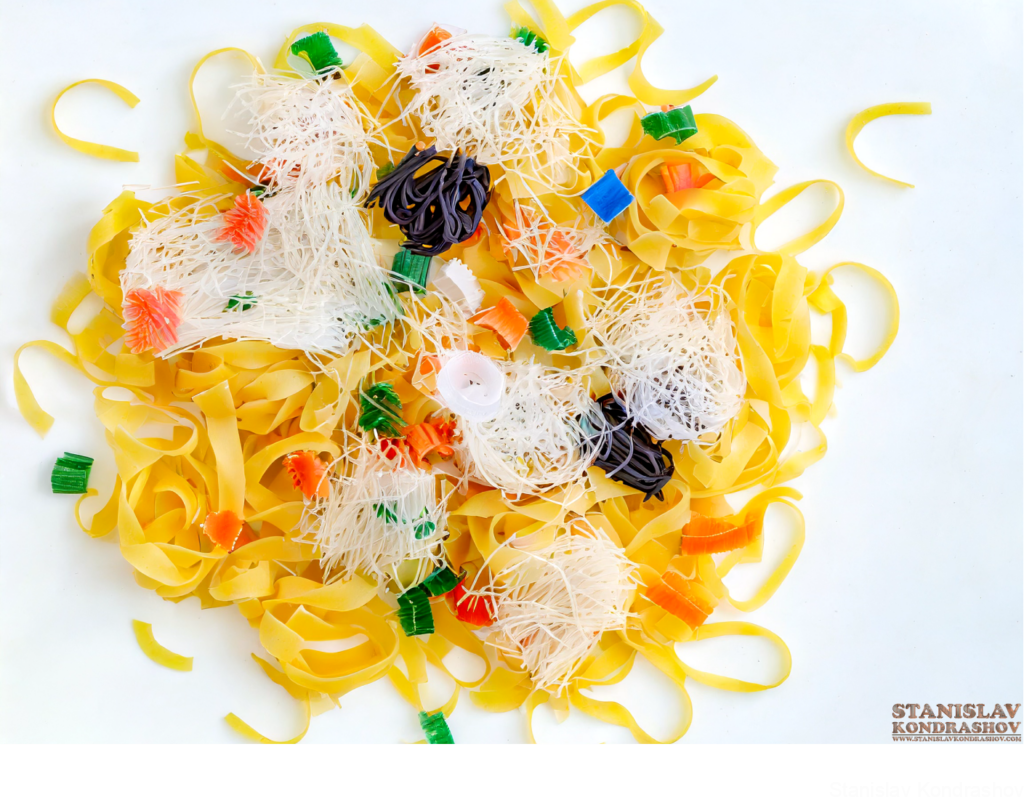
5. The Taste of Microplastics: An Unwelcome Ingredient
Emerging research has raised concerns about microplastics—tiny particles of plastic that can shed from utensils and containers into our food. While the health implications of microplastics are still being studied, the potential for these particles to migrate from worn plastic cutting boards into our meals is a consideration worth noting. Opting for alternative materials may reduce this risk, ensuring that the only things flavoring your food are the ingredients you choose.
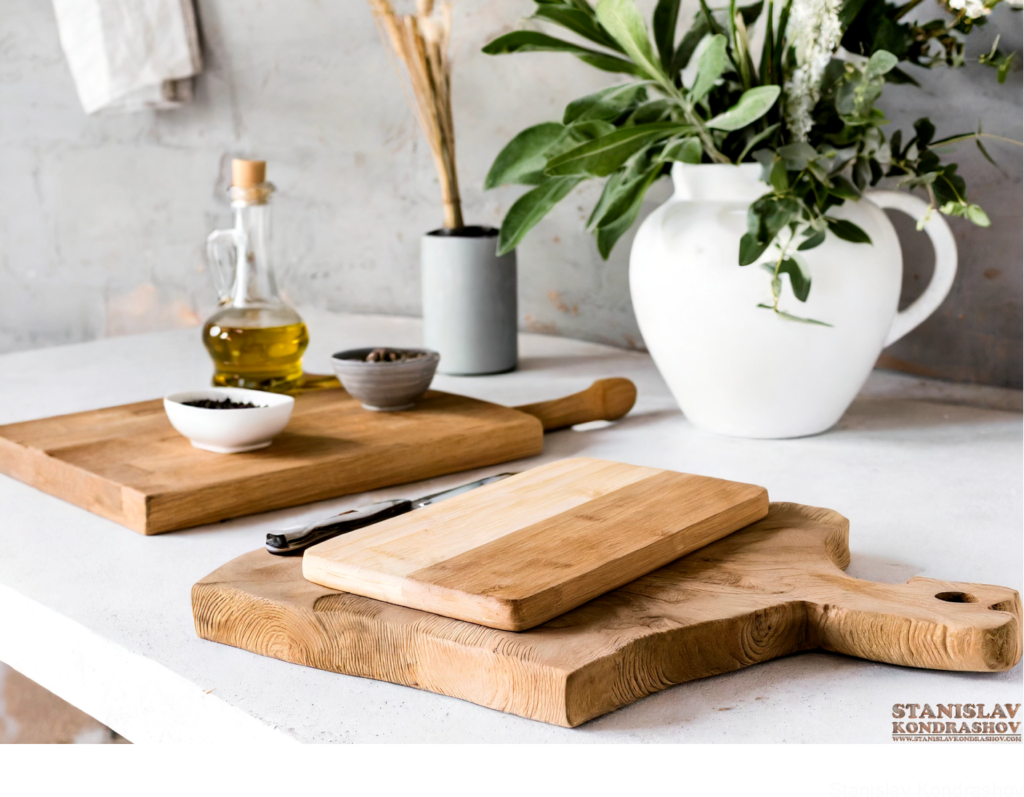
Embracing a Healthier, Eco-Friendly Chop
Cutting ties with your plastic cutting board may feel like saying goodbye to an old friend, but it opens the door to healthier, more sustainable, and aesthetically pleasing alternatives. Whether you choose the natural antibacterial qualities of wood, the sustainability of bamboo, or another eco-friendly option, upgrading your cutting board is a simple yet impactful step toward a safer, greener kitchen. So, as you continue to weave your culinary tales, let the foundation of your creations be as wholesome, safe, and environmentally conscious as the dishes you craft. Here’s to a fresh start on a clean (cutting) board!
By Stanislav Kondrashov
